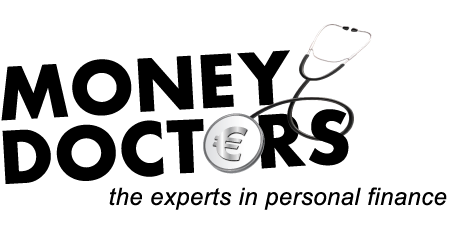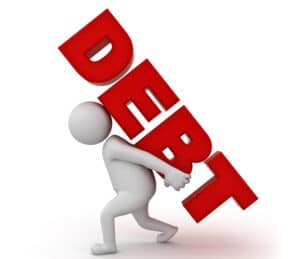In an increasingly consumer-driven world, debt has become an integral part of many people’s financial lives. While borrowing money can provide opportunities for investment in education, homes, and businesses, it can also lead to a spiral of financial uncertainty if not managed wisely. Therefore, being sensible about debt is crucial for achieving financial well-being and security. John Lowe of MoneyDoctors.ie explores the fundamentals of managing debt effectively, the importance of financial literacy, and strategies for maintaining a healthy balance.
Understanding debt: the good and the bad
Not all debt is created equal. Generally, debt can be categorised into two types: good debt and bad debt. Good debt includes loans that are likely to increase in value or generate income over time, such as mortgages for buying property or student loans for education. Bad debt, on the other hand, includes high-interest credit card debt and loans for depreciating assets. Understanding these categories is essential for making informed borrowing decisions.
When approached sensibly, debt can be a powerful tool. However, borrowing without a clear understanding of its implications can lead to financial instability. High levels of bad debt can strain your finances, limit your investment opportunities, and impact your credit score, making future borrowing more difficult and expensive. For instance paying only the minimum every month off your credit card debt is a hiding to nothing – it will take you 20 years to clear it completely because of the high interest rates.
The importance of financial literacy
To navigate the complexities of debt, financial literacy is essential. This involves understanding how debt works, the terms and conditions associated with loans, and the impact of interest rates on your repayments. By enhancing your financial literacy, you empower yourself to make better decisions, whether it’s taking on a loan or managing existing debt.
Several resources are available to enhance financial literacy. Online courses, workshops, and financial blogs provide insights into budgeting, saving, and investing. Additionally, speaking with a financial adviser can help clarify your understanding of debt and guide you toward sensible borrowing practices. Even the simple task of shopping around for best interest rates when borrowing will pay you dividends.
Creating a debt management plan
A solid debt management plan is vital for anyone looking to maintain a healthy financial outlook. Here are some key steps to consider:
1. Assess your debt …
Begin by cataloguing all your debts. Note the amount owed, interest rates, payment due dates, and minimum monthly payments. This visibility allows you to make informed decisions about how to tackle each debt.
2. Set a budget…
Establish a monthly budget that incorporates your income and all necessary expenditures, including debt repayments. Aim to allocate a portion of your income toward paying down debt, while also allowing for living expenses and savings.
3. Prioritise payments…
Use strategies like the debt snowball or debt avalanche methods to prioritise which debts to pay off first. The snowball method focuses on paying off the smallest debts first to build momentum, while the avalanche method targets debts with the highest interest rates, saving you money in the long run.
4. Negotiate with creditors…
If you find yourself struggling to keep up with payments, consider reaching out to creditors. They may offer options such as lower interest rates, restructuring payment terms, or even settling for less than the full amount owed.
5. Build an emergency fund…
Maintaining an emergency fund is crucial to protect yourself from financial setbacks that could lead to additional debt. Aim to save at least three to six months’ annual income – to pay for the living expenses – to provide a safety net during unforeseen circumstances.
The dangers of impulse spending
One of the significant contributors to unmanageable debt is impulse spending. Marketing tactics, societal pressures, and emotional triggers can lead to buying decisions that don’t align with your financial goals. To combat this:
– Reflect before you buy: Implement a waiting period for non-essential purchases. This gives you time to evaluate whether the expense aligns with your budget and financial goals.
– Limit access to credit: Consider leaving your credit cards at home or limiting their use to emergencies to prevent rash buying decisions.
– Develop healthy spending habits: Focus on needs versus wants. Reserve spending for items that improve your life or well-being rather than fleeting desires.
Know when to seek help
If you find yourself overwhelmed by debt, know that you are not alone, and seeking help is a sensible step. Various non-profit organisations offer debt counselling and financial advice. They can assist you in developing a viable repayment plan and provide you with the tools to improve your financial literacy.
Being sensible about debt requires a combination of understanding, planning, and self-discipline. It is imperative to recognise the role debt plays in financial health and approach borrowing as a strategic decision rather than a mere convenience. By enhancing your financial literacy, establishing a debt management plan, and fostering mindful spending habits, you can achieve a balanced financial life that minimises stress and maximises opportunities. Remember, the journey to financial well-being is a marathon, not a sprint—take it step by step, and your efforts will pay off in the long run.

